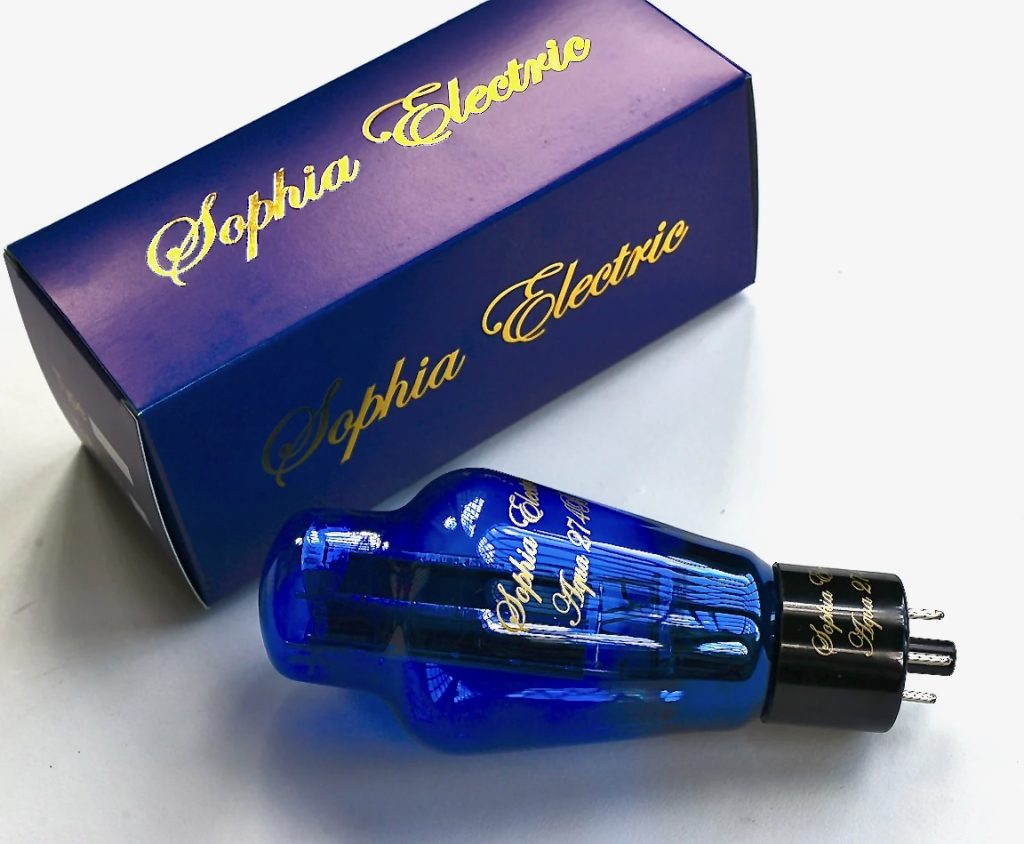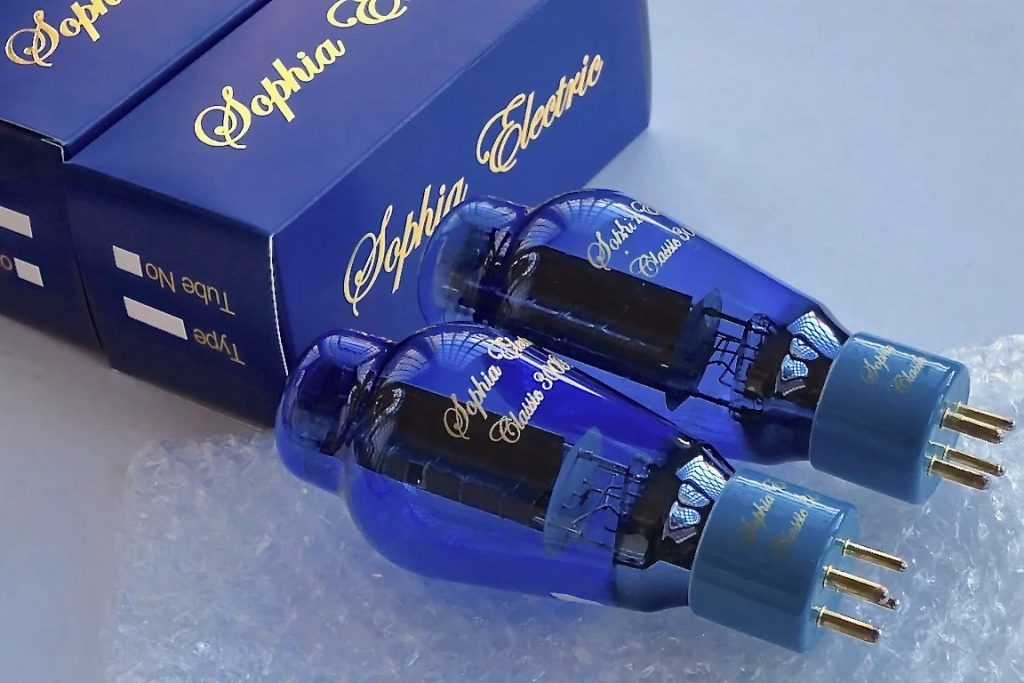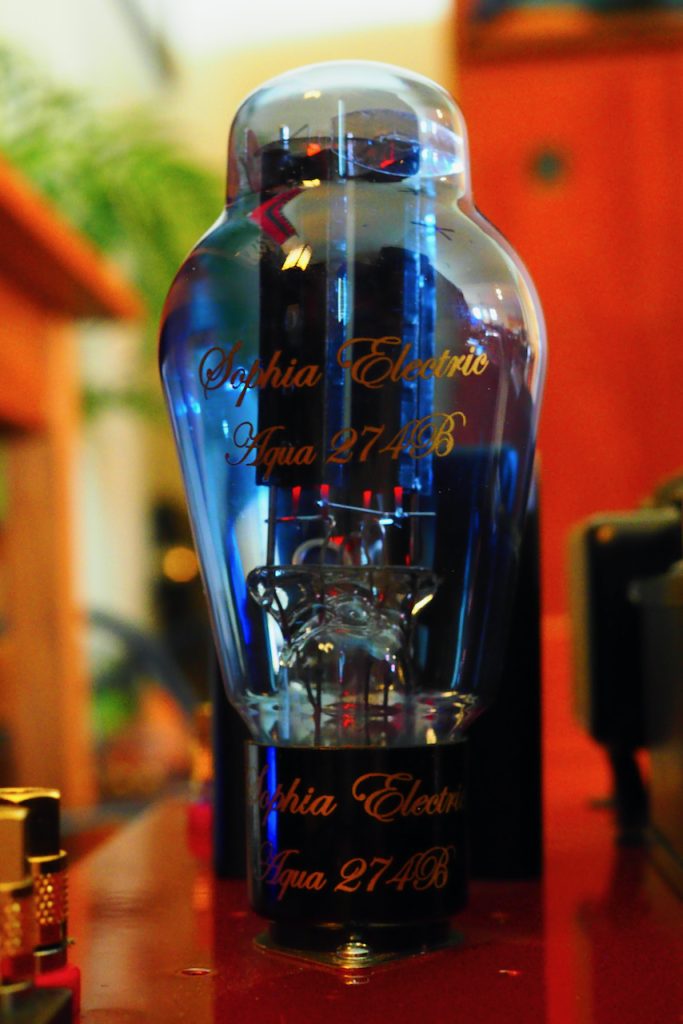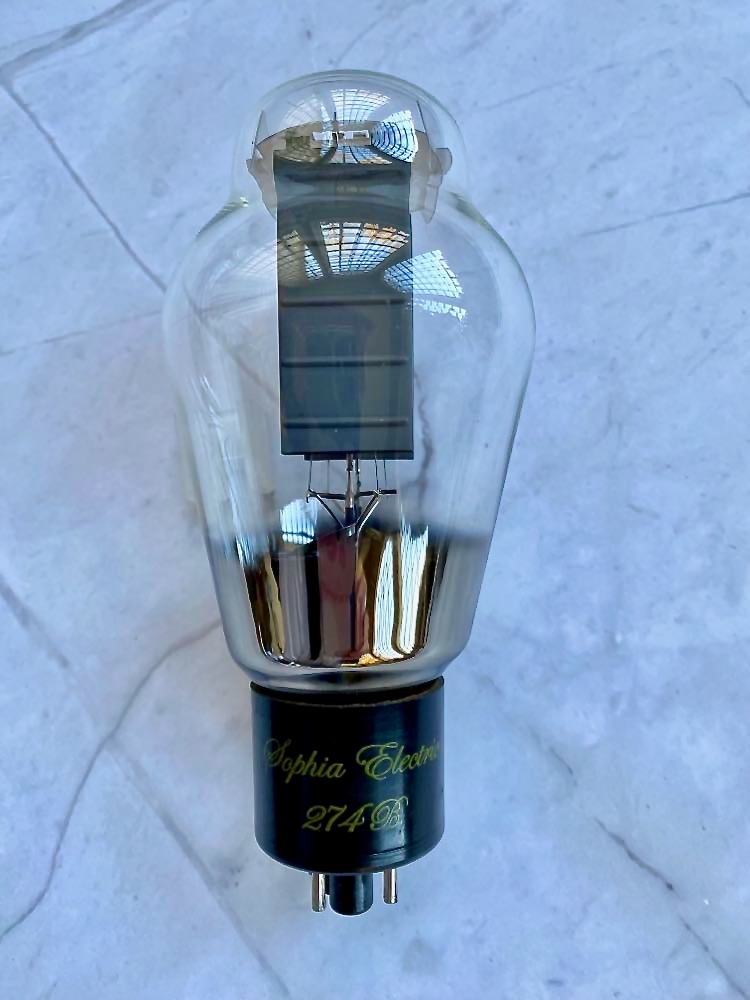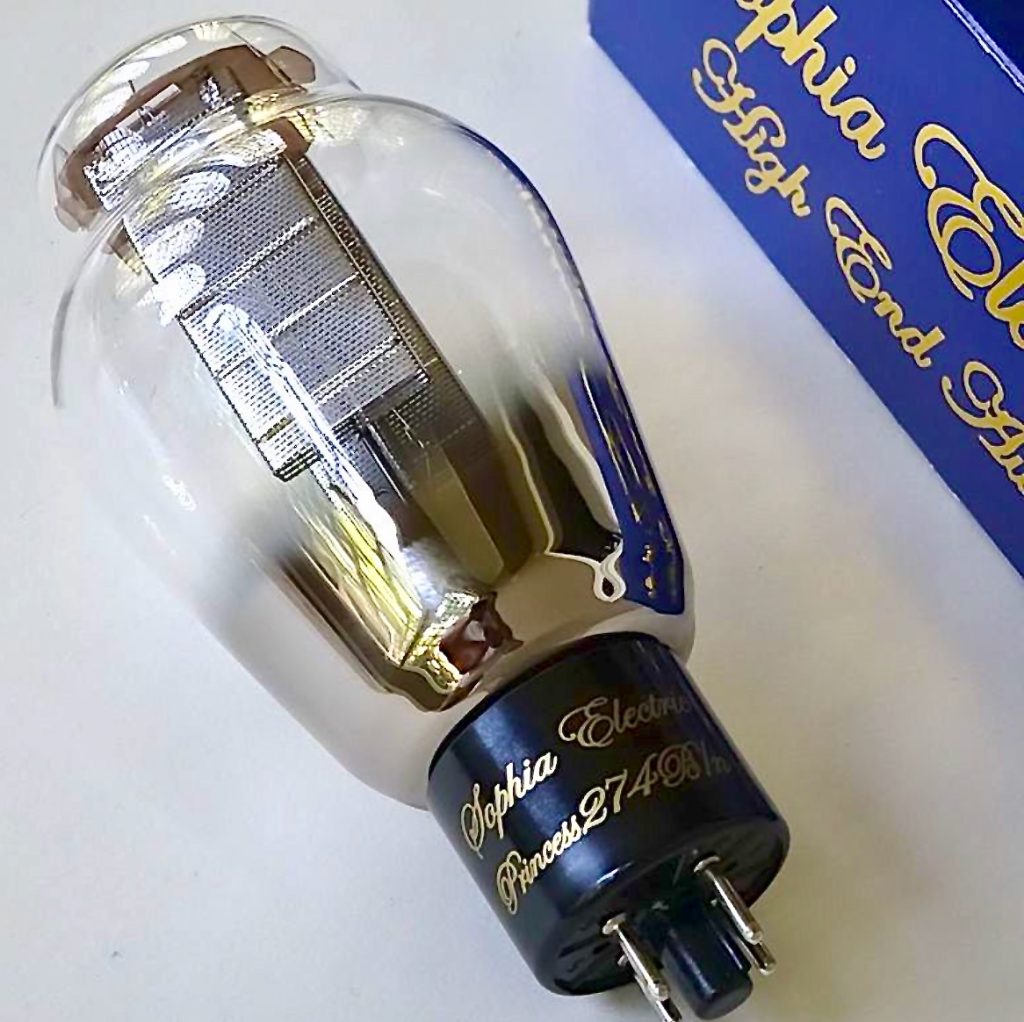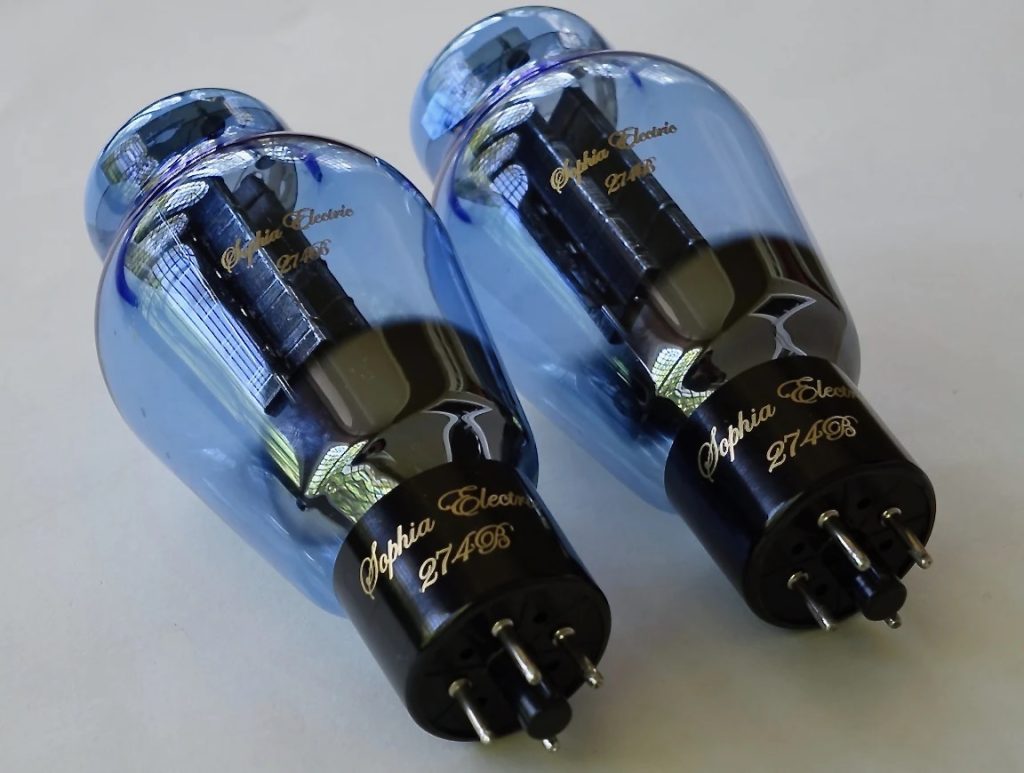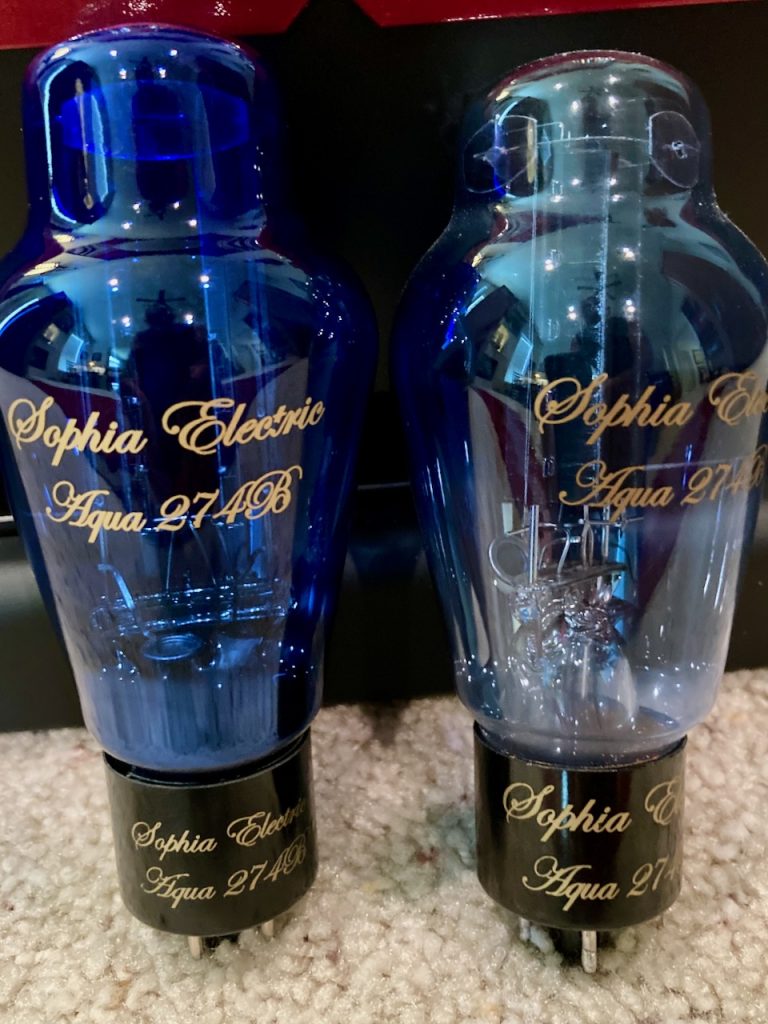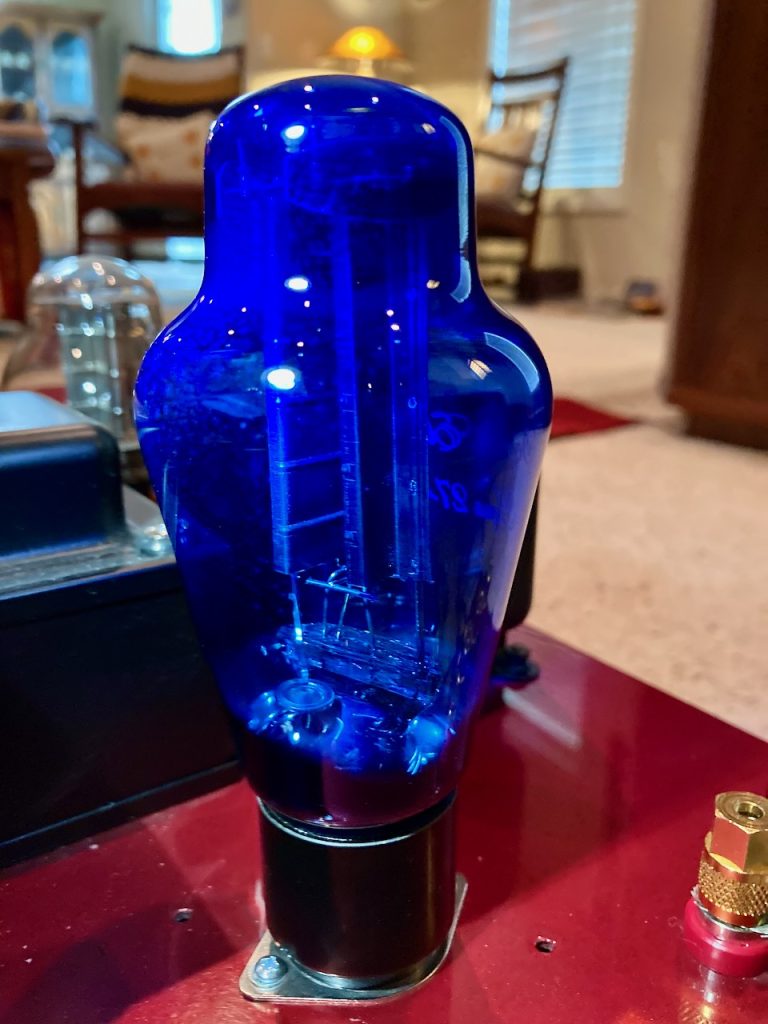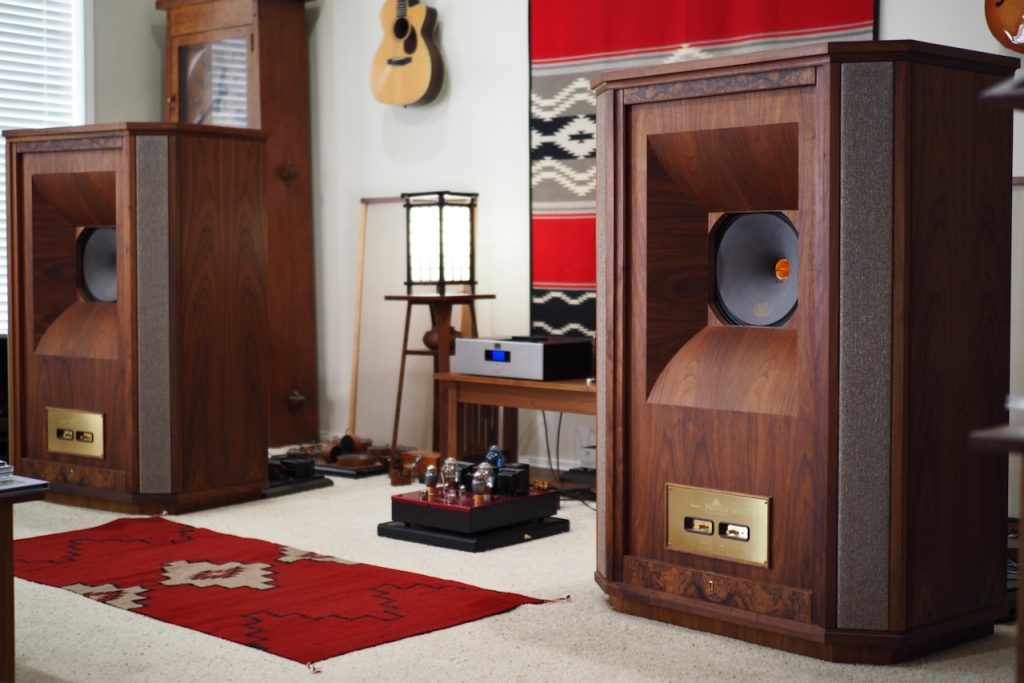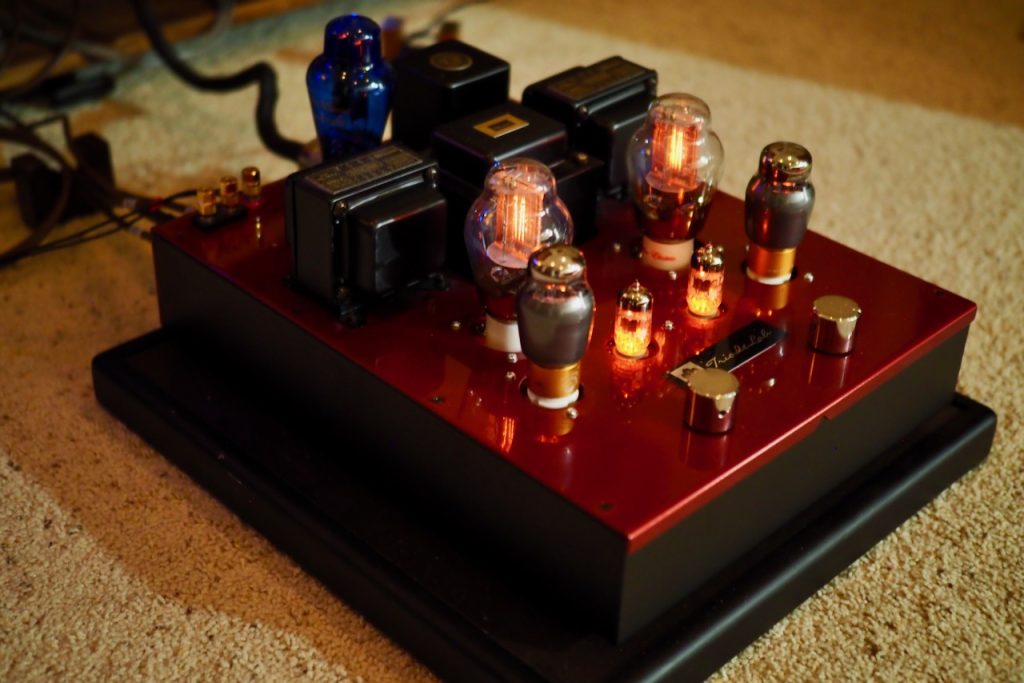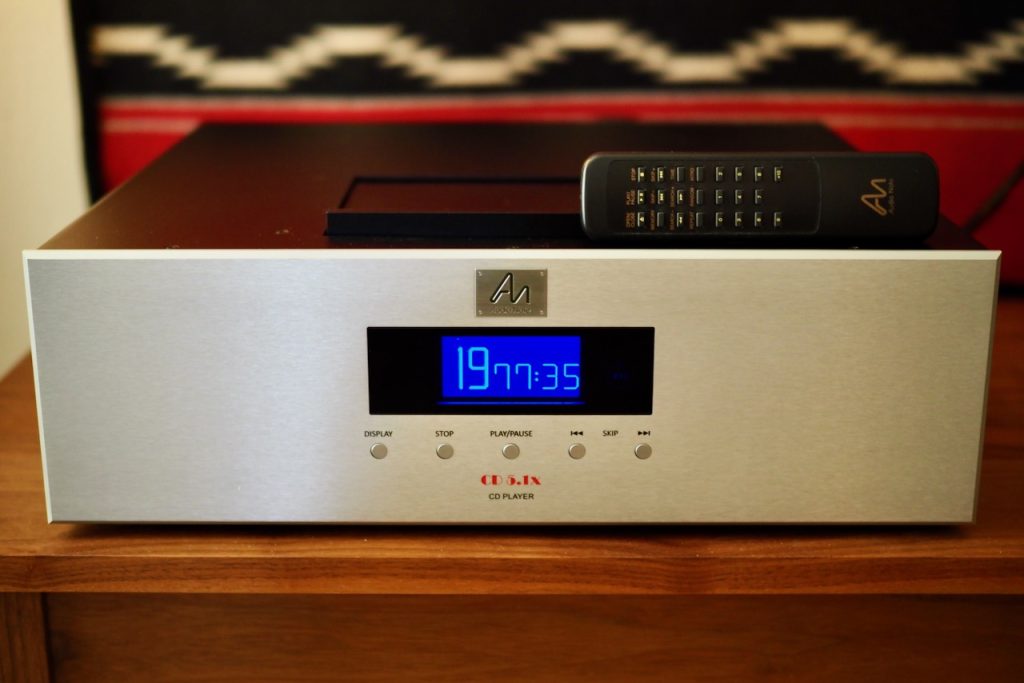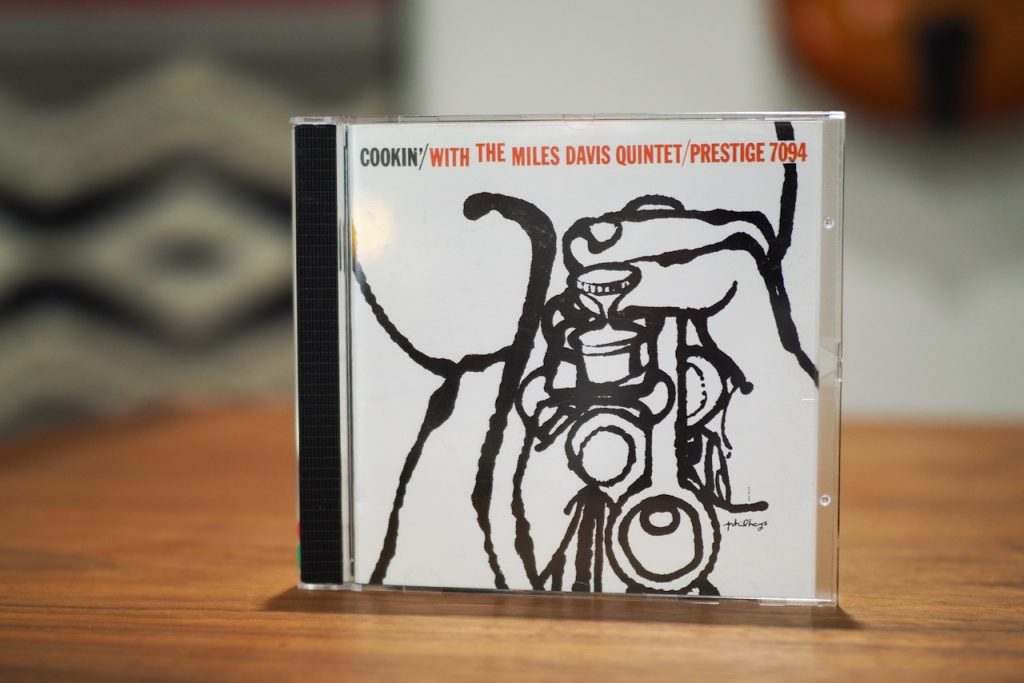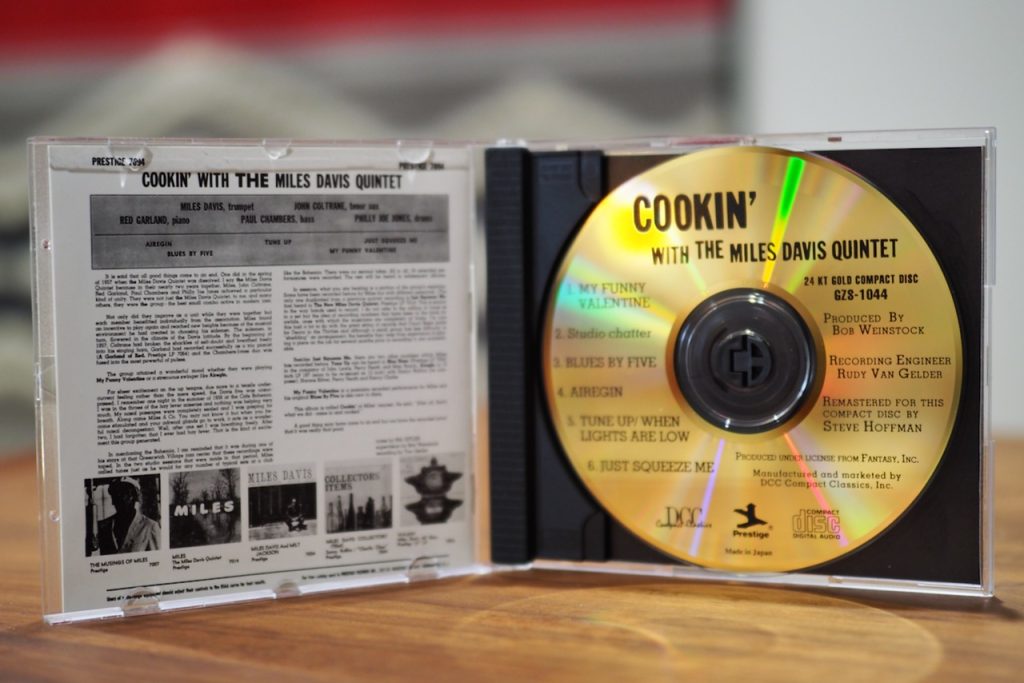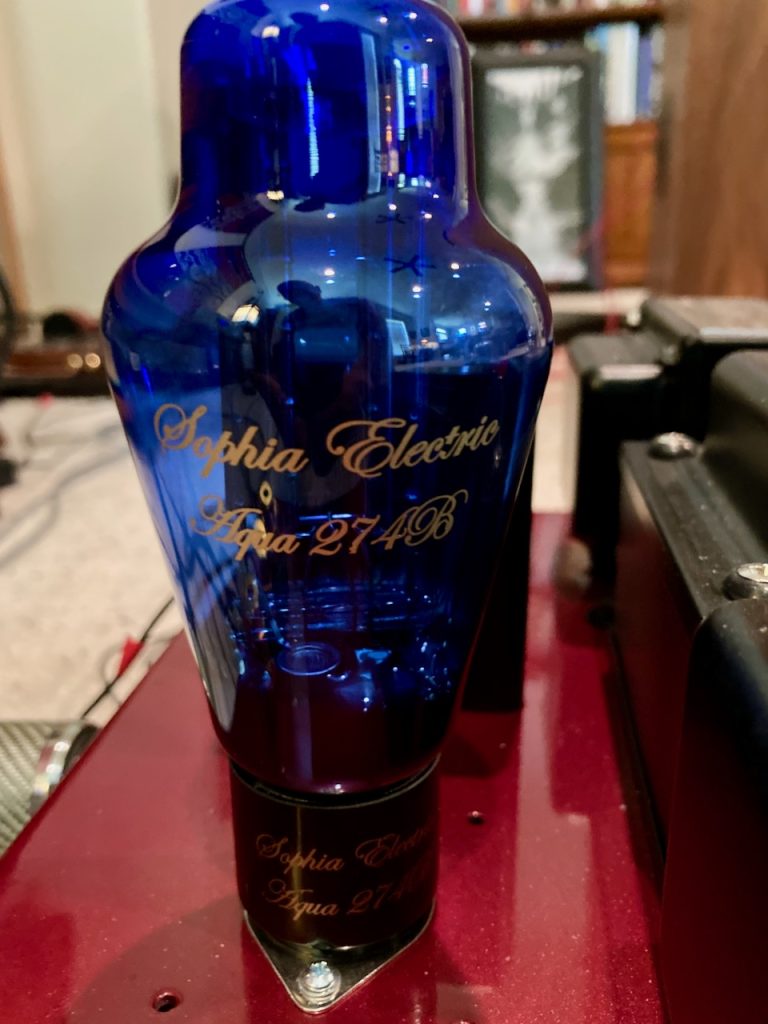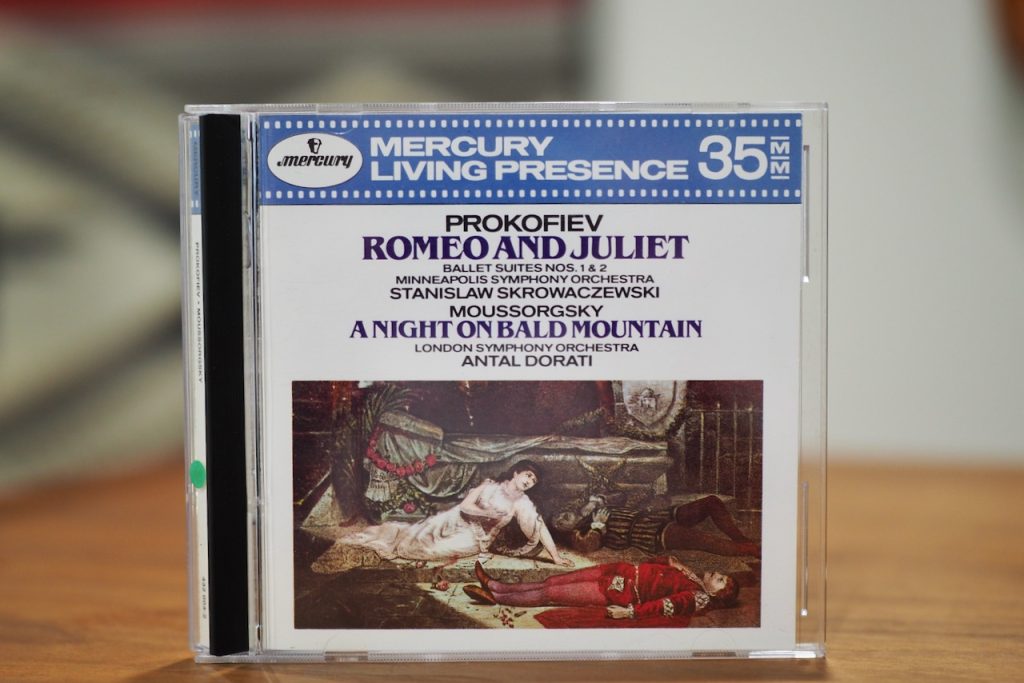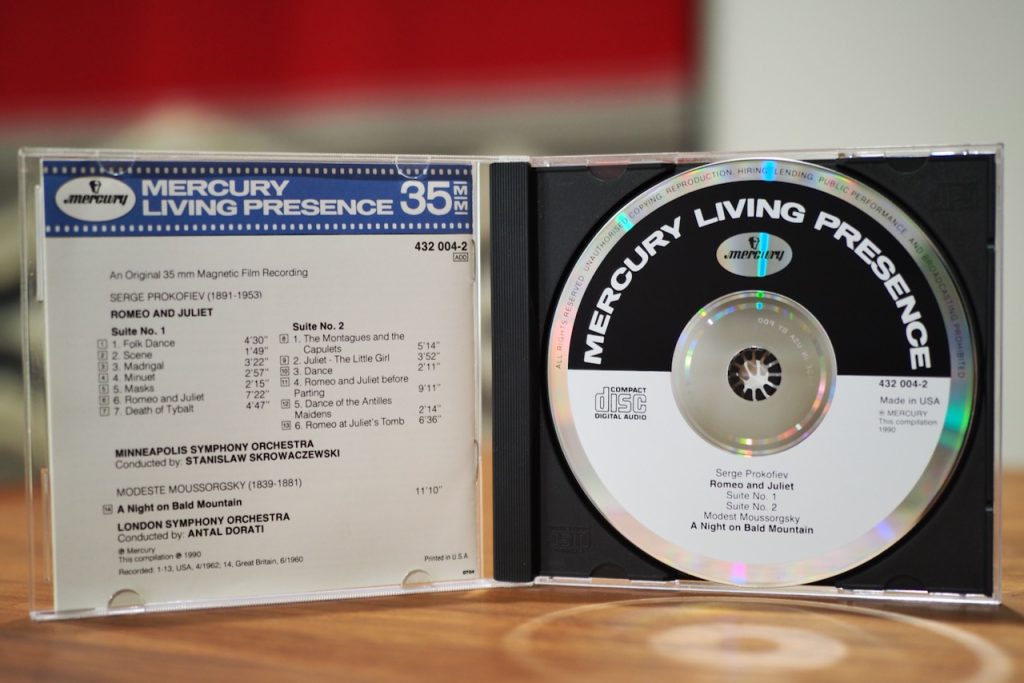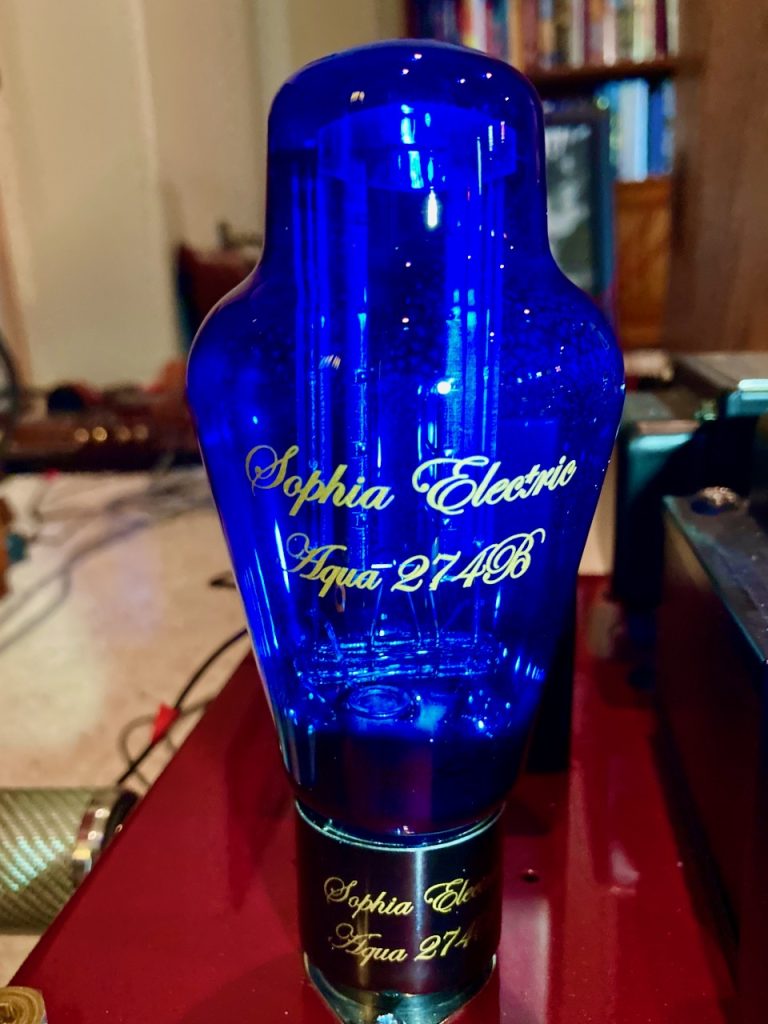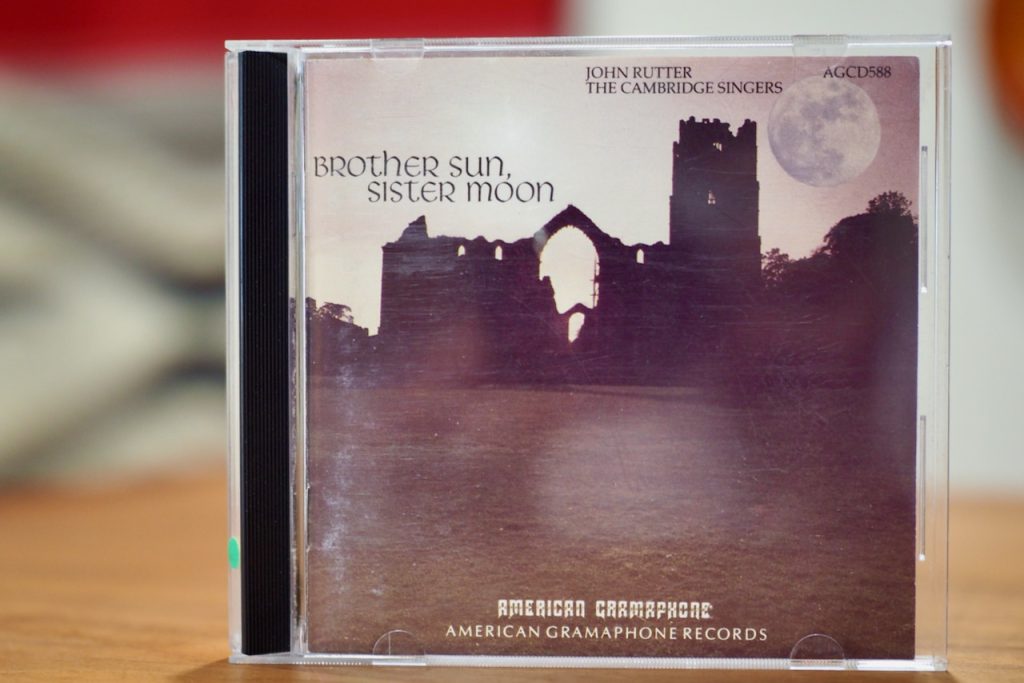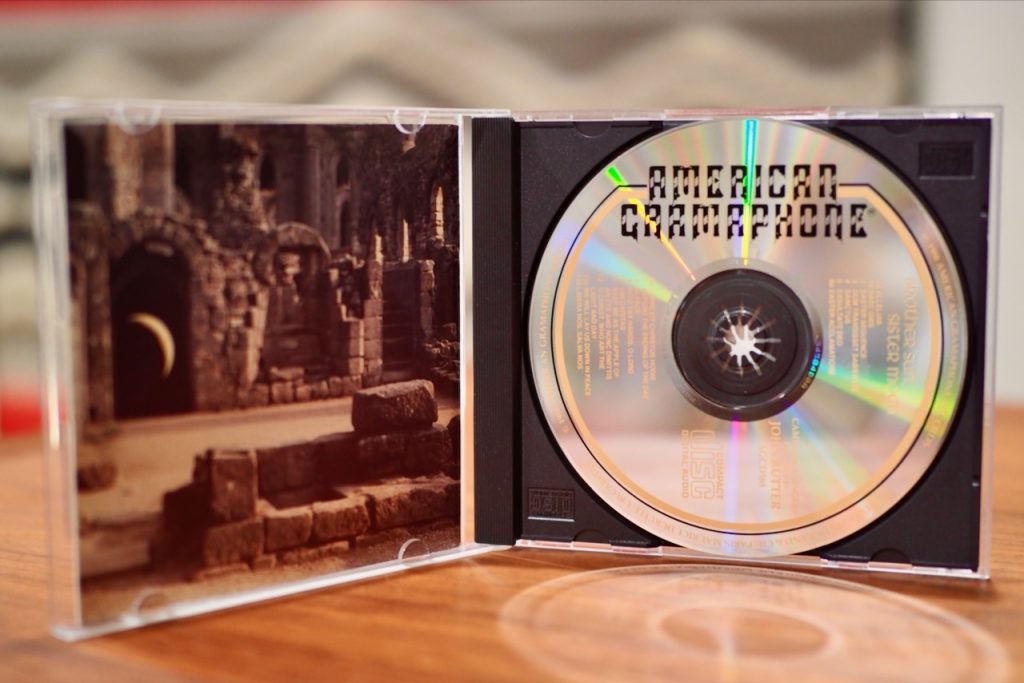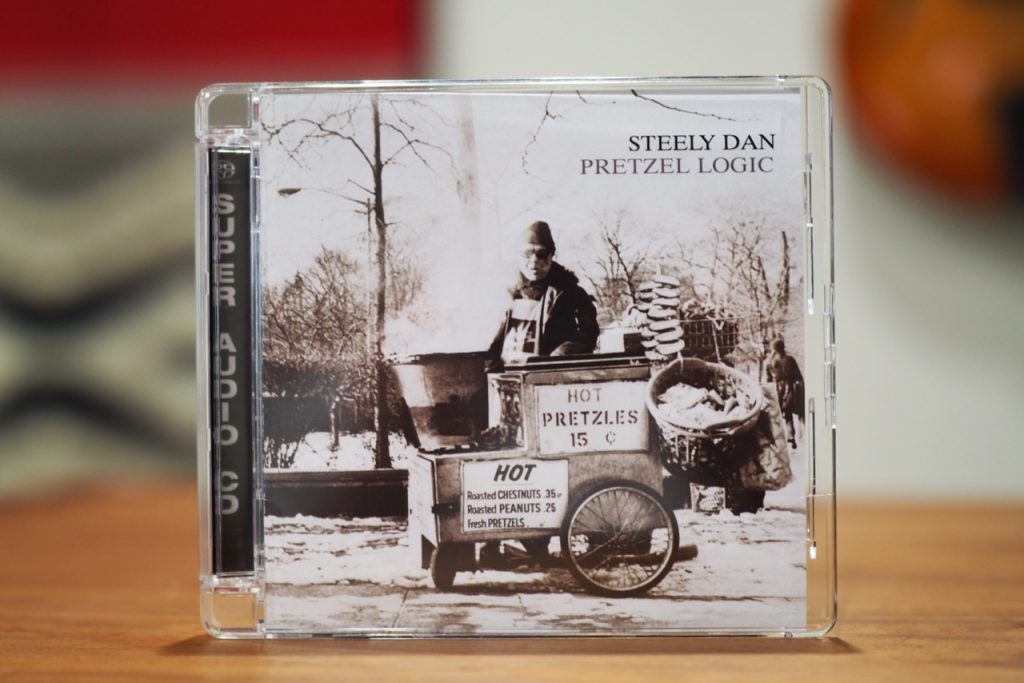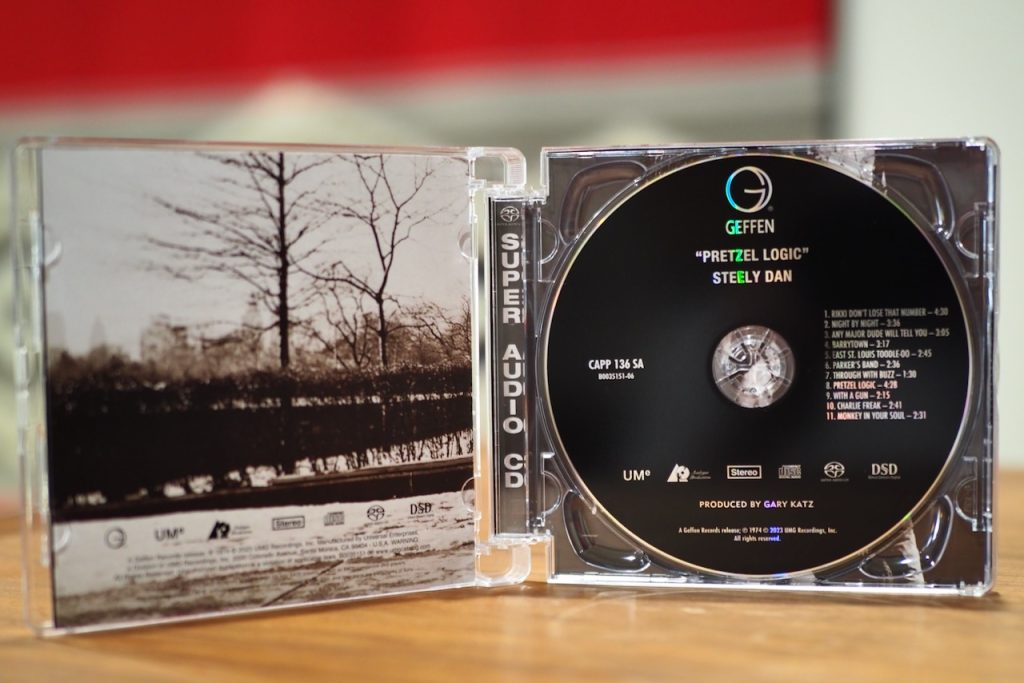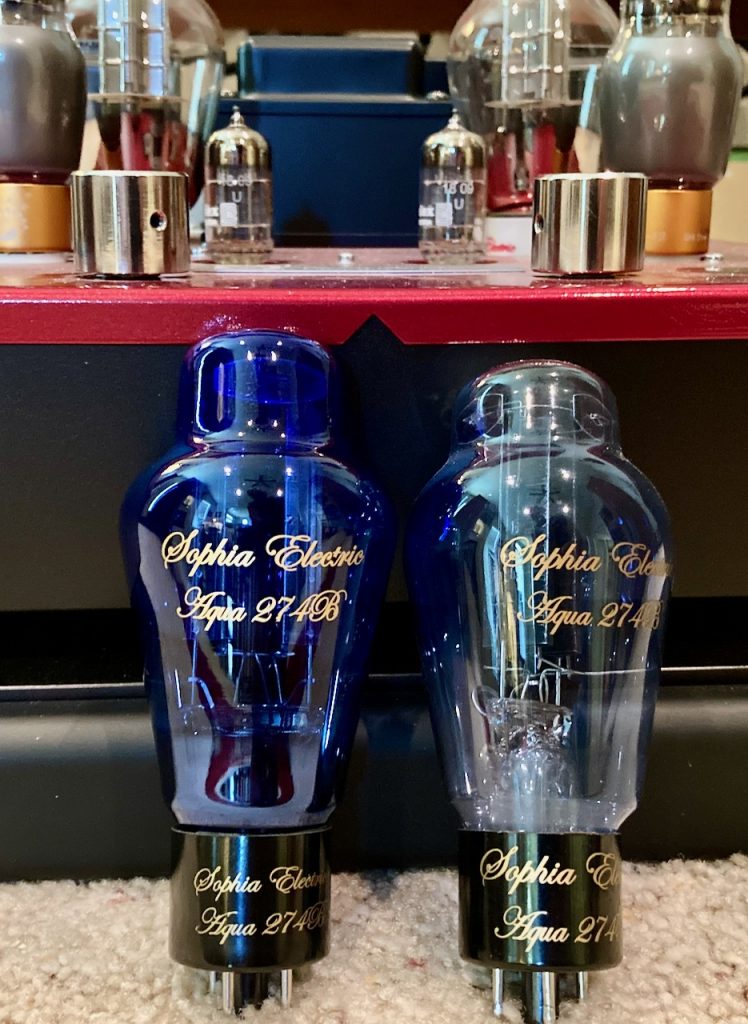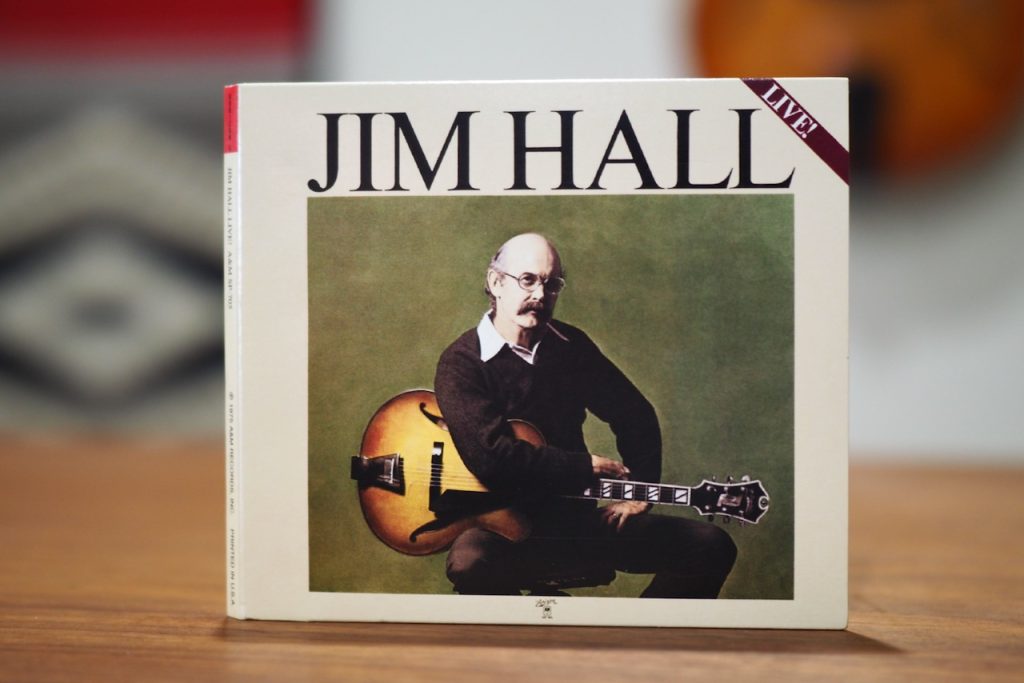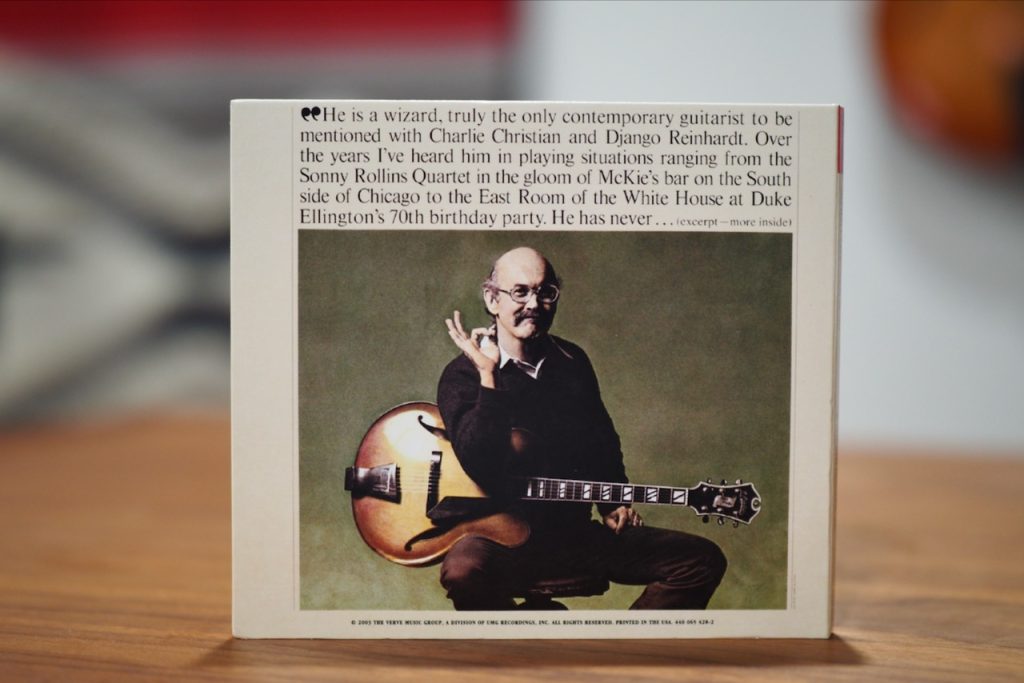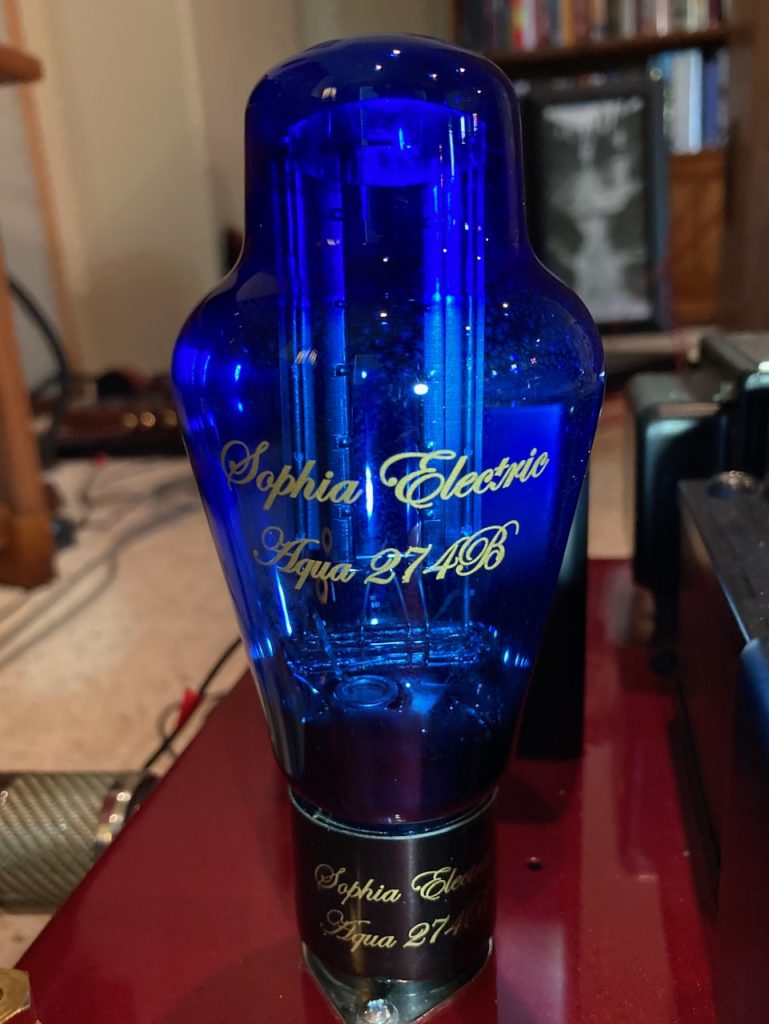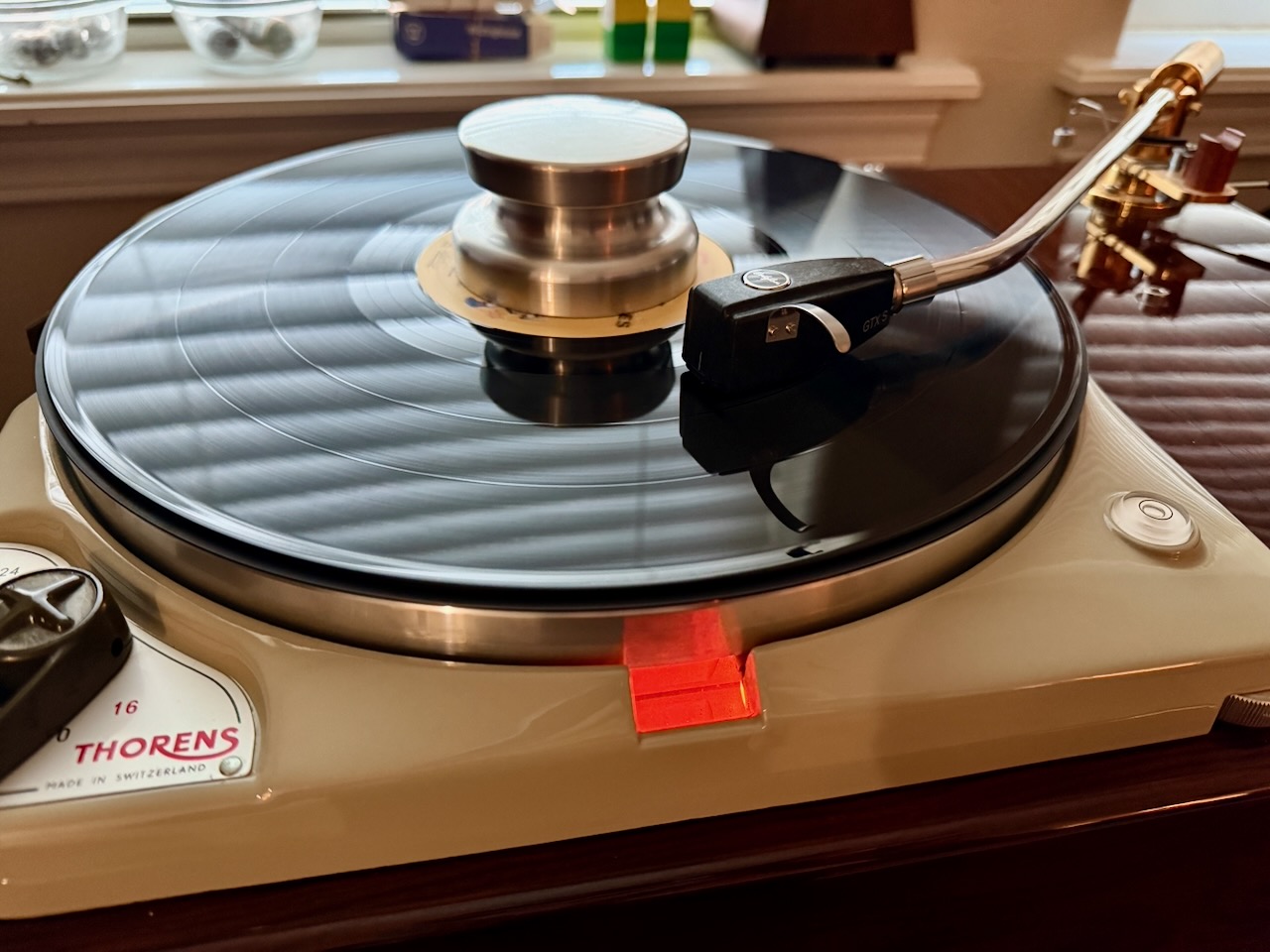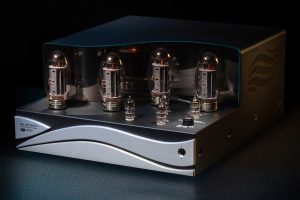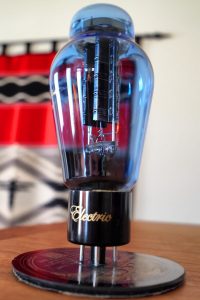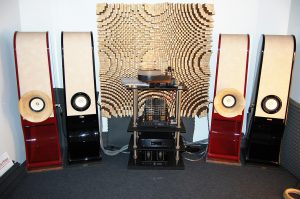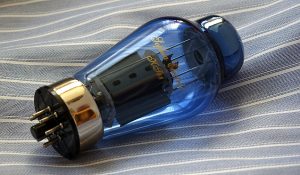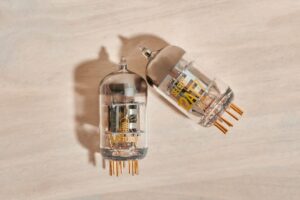Greetings friends, I hope you are doing well!
In August of 2019 the Shuguang Electron Tube Factory was shut down in preparation for a move to a new location. By March 2020 the World Health Organization declared Covid-19 a worldwide pandemic, which would result in the shut down of most vacuum tube production still operating in China. Then came the Russian invasion of Ukraine in February of 2022, which resulted in Western sanctions, with Russia responding with export bans that included vacuum tubes.
With China and Russia being the major manufacturers of vacuum tubes in the world, and the smaller vacuum tube manufacturers in other countries facing serious supply chain issues, the guitar industry, the audio industry, and the musicians and hi-fi enthusiasts that support them, saw the availability of many vacuum tube types plummet.
The whole vacuum tube supply situation was a real downer for us hi-fi enthusiasts. As I gazed at my cherished vacuum tube amplification collection I wondered what would become of them. Would I run out of vacuum tubes before the supply crisis was resolved?
There's now reasons for optimism in 2023, as we are seeing some new production vacuum tubes becoming available again, with more to come.
New Sexy Blue Tubes!
In June of 2023 Richard and Sue Wugang at Sophia Electric told me that their new Sophia Electric Aqua II 274B (above) and Classic II 300B (below) were now available, which was definitely a cause for celebration among hi-fi enthusiasts around the world. Hooray!
The release of Richard and Sue's new premium Sophia Electric Aqua II 274B rectifier and Classic II 300B vacuum tubes were originally planned to coincide with Sophia Electric's 20 Year Anniversary in 2021, but production was delayed due to impacts from the Covid-19 pandemic, but are thankfully now available.
274B Vacuum Tube Rectifiers
In vacuum tube amplifiers, rectifiers have the important role of converting wall AC voltage to the DC current that the other vacuum tubes in the amplifier's circuit need.
The rectifier, as the first tube in the circuit to 'touch' the electrical supply, has a large influence on the overall performance and sound quality of the amplifier.
In the amplifiers that can utilize them, 274B rectifiers are by far my favorites due to their natural sounding tonal properties, vibrant musicality, excellent dynamics, and their spectacular sound-staging abilities.
The original 274B rectifier tube was developed by the legendary Western Electric company in the USA. The Western Electric 274B was a filamentary full-wave rectifier with an octal base that delivered direct current from an alternating current source.
In my review of the original Sophia Electric Aqua 274B in 2017 (Issue 93), I had asked Richard if he would tell us about his design of the Sophia Electric Aqua 274B rectifier tube, and how it compared to the original Western Electric 274B rectifier tube.
I thought it would be instructive to revisit that history, and to conclude with Richard's latest 274B design, the new Sophia Electric Aqua II 274B rectifier that is the subject of this article.
"In 2001, Sophia Electric debuted the Princess 274B rigid plate rectifier to fill the gap left by the WE 274B." (below)
"Our Princess 274B rigid plate rectifier tube is a true replica of the vintage Western Electric 274B rectifier tube. Many audiophile users have reported that it sounds better than the original vintage Western Electric 274B in the WE91 300B circuit, or in a modern 300B single-ended tube amplifier circuit, and at a fraction of the cost."
"In 2002, Sophia Electric introduced a mesh plate 274B (above). As much as we love the mesh plate 274B tube, the requirement of low capacitance of 10 uF or lower at the first capacitor limited its potential use."
"We consider the Princess 274B mesh plate "the ultimate choice" for today's high-end tube pre-amplifiers and headphone amplifiers, as well as for small triode (2A3/45/PX4/71A/205D/101D) tube mono-block amplifiers."
"However, all traditional 274B rectifier designs (Sophia or Western Electric) have the limitation that the first capacitor in the power supply after the rectifier tube must be miniscule. For vintage Western Electric 274B rectifier tubes it can be no bigger than 4 uF, and for the Sophia Electric rigid plate and mesh plate 274B's the limit is a slightly higher 8 uF."
"No matter how great those 274B tubes sound, this capacitor requirement limits 274B applications, just as it did for the original Western Electric 274B rectifier during the golden age of vintage vacuum tubes. Mainstream rectifier tubes like the 5U4 (America) and 5AR4 (Europe) permit up to 47 uF in the first capacitor position in a power supply, making them applicable to a wider variety of power supply designs."
"So why bother with a 274B rectifier? Back in the early 1930s Western Electric designed the WE91 cinema amplifiers that utilized the 300B tube in a single ended output circuit. The WE91 produced an output of 5.6W, which was enough to drive the cinema horn loudspeakers of the 1930s to volume levels adequate for cinema sound reproduction. 300B tubes require about 60V RMS of drive voltage to achieve their full output power of 5.6W. To accomplish this, Western Electric chose the 310A, a pentode tube, for their driver choice."
"The pentode driver tube was an elegant choice, but it was at the expense of high frequency extension. Back then, 10kHz was considered the maximum high-frequency for high-fidelity, with movie dialog being more in the mid-range. Even so, Western Electric still wished for a little more high-frequency extension in their WE91 300B amplifier to make the sound more open and lively. This demand called for a premium long plate rectifier tube, now known as the WE 274B tube."
"Without the 274B rectifier tubes, Western Electric tube amplifiers sounded rather dark and dull. But with the 274B, Western Electric amplifiers sounded full and complete, and were a significant sonic upgrade."
"However, when the power supply capacitor is higher than 8 uF the long plate of the WE274B sparks, which forced Western Electric to limit the design requirement to 4 uF. This limitation prevented the 274B rectifier tubes from being used in a wide variety of applications, both in vintage times and today, as most modern equipment was designed with up to 47 uF capacitors as the first capacitor in the power supply so they could utilize 5U4G and 5AR4 rectifiers."
"In 2016 Sophia Electric solved this limitation of the 274B in our Aqua 274B rectifier tube (above). Initially we tried to solve this limitation by using exotic materials, as in the design of our very popular Royal Princess 300B tubes, which utilizes platinum and rare earth materials. We were successful, but the finished product was way too expensive for the average consumer to be viable."
"Then we went back to the WE 274B structure design as a starting point, and in an unexpected way we figured out a way to solve the Western Electric limitation of 4uF. This solution allowed us to build the Sophia Electric Aqua 274B, which can use up to a 47 uF filter capacitor value, the same maximum value permitted for 5U4 and 5AR4 rectifiers."
"In a 300B mono-block amplifier, such as Sophia Electric's 91-01, or the newer 91-01 Signature amplifier, the Aqua 274B can easily replace the 5U4 rectifier tube and deliver a wider and deeper soundstage, and deliver the musical magic that is otherwise missing when not using a 274B rectifier."
"The blue tint that we've added to the glass not only looks exotic, but during the voicing process we found that the blue tint of the ST shaped enclosure added more sonic impact to the presentation of the music."
"Vintage US military tubes often had a black metal base and/or black-grayish smoky carbon-containing paint sprayed on the inside of the glass tubes for light shielding to reduce noise. British and German military tubes often used red paint for light shielding to reduce noise. We have auditioned various light shielding possibilities, and ultimately settled on the blue tinted glass, which when combined with ST bottle shape, provided additional musicality and a distinctly better tone."
"Back when all vacuum tubes were placed inside a chassis, there was no need for consideration about light induced noise. However, high-performance audio enthusiasts now like to see the tubes displayed in the open, so they can see them from their listening seats, and they also enjoy seeing the glow of the filaments."
"The blue tint ST bottle shape is an ideal solution, as it is a beautiful and excellent sounding bottle shape, and the blue tint offers the benefit of a reduction in light induced noise, while still allowing the listener to see the beautiful glow of the filaments."
The New Sophia Electric Aqua II 274B Rectifier ($250)
Visibly the new Aqua II 274B (below left) version looks quite a lot different from the original Aqua 274B (below right).
The Aqua II glass bulb has a somewhat different shape from the original Aqua, and the glass tint is a much deeper blue color.
Here's a summary of the new design features that Richard told me he incorporated into the new Aqua II 274B rectifier:
- The Aqua II has a higher current output (max 220 mA) compared to the original Aqua 274B (max 180 mA), and way more compared to the WE 274B (max 150 mA).
- The Aqua II has a lower impedance than any other 274B ever made, thus higher efficiency in converting AC into DC.
- The Aqua II has a higher dissipation power rating with visibly bigger and heavier internal construction.
- Aqua II has a new generation of spark arc suppression technology to eliminate arc possibility (WE274B is the internal spark arc king).
Here's how Richard says those design features affected the sound quality of the new Aqua II 274B:
"First, we describe it as far more musical than any other 274B or 5U4G tubes ever made. It has a higher resolution—akin to watching 8K video instead of 1080—and even more live-performance-like sound. Every musical instrument and voicing are more clear-cut from the rest of the orchestra."
"The Aqua II gives you the feeling that you've just upgraded your amp/preamp with a boatload of Black Gate capacitors. With Aqua II 274B the type of performance improvement one desires from Black Gate capacitor upgrade is fulfilled."
"This MK II version of Aqua 274B tube is the ultimate 274B from Sophia Electric. It delivers an unforgettable magical sound that is the trademark of Sophia Electric vacuum tube house sound."
While Richard didn't mention it specifically, I am wondering if the much darker blue tint of the glass in the Aqua II 274B results in further noise reduction compared to the Aqua 274B. I would think so.
Audio System For This Review
For this article I used my Tannoy Westminster Royal SE loudspeakers that have been hot-rodded with an internal rewire using vintage Western Electric WE16GA tinned-copper wire, and custom external Duelund crossovers that utilize pure silver Duelund CAST components in the high-frequency / midrange circuit, and Duelund CAST pure copper components for the rest, with Duelund DCA16GA tinned-copper wire connecting everything together within the crossover.
The Triode Lab 45 EVO single-ended-triode (SET) integrated amplifier (below) was connected directly to the external Duelund crossovers with Duelund DCA16GA tinned-copper loudspeaker cables.
The 45 EVO was placed upon an Acoustic Revive RAF-48 Air Floating Board air isolation platform.
The Audio Note (UK) CD 5.1x Red Book CD player was connected to the Triode Lab 45 EVO SET amp with custom Belden 8402 microphone cable interconnects terminated with XLR connectors on the source end, and RCAs on the 45 EVO end, respectively, that were provided courtesy of the cool guys at Best-Tronics Pro Audio.
My wall AC outlets consist of Acoustic Revive CB-1DB receptacle base plates, CFRP-1F carbon fiber outlet plates, and custom Acoustic Revive modified Oyaide R-1 receptacles.
AC from the outlet to the Acoustic Revive RPT-6 Absolute NCF Power Distributor was via an Acoustic Revive Absolute power cable, and power cables to components were a mix of Acoustic Revive Power Reference TripleC NCF AC power cables (amplification components), and Acoustic Revive Absolute power cables (source components).
Now let's do a little listening.
Listening Impressions
The tube complement I've settled on in the Triode Lab 45 EVO SET integrated amplifier for my long term listening pleasure was a pair of Genalex Gold Lion 12AU7s, a pair of Psvane CV181-TII (6SN7s), a pair of Sophia Electric mesh plate 45 outputs, and the Sophia Electric Aqua 274B rectifier.
I had tried a number of highly regarded rectifiers from my collection in the 45 EVO when it had first arrived here, and none of them came close to the Sophia Electric Aqua 274B (below) for providing a well-balanced, tonally natural, and realistic sounding high-fidelity presentation of the music.
Let me share the chronology of my listening impressions with the new Aqua II 274B rectifier, from cold out of the box, to a middling amount of hours, to the fully run-in Aqua II 274B.
The new Sophia Electric Aqua II 274B arrived here in June 2023, and I installed it into the 45 EVO to give it a preliminary listen.
My first impressions from my listening notes:
Even with zero hours of run-in time the Aqua II 274B sounded splendid. A natural tonal balance, a huge sense of recorded acoustic, clearly articulated tone color, a vivid sense of imaging presence, and excellent dynamics. Lots of resolution of subtle overtones, nuance, and the sense of "touch" on the instruments. Overall a naturally warm, rich, colorful, nuanced, and beautiful presentation of the music.
After the new Aqua II 274B had a middling amount of run-in hours on it, my impressions from my listening notes were:
The Aqua II 274B provided a natural sounding presence of musical instruments upon the soundstage. Great tonal realism, high-resolution of nuance, and superb musicality. Instruments and vocals have natural sounding tone and timbre.
I can hear everything in the music even at lower volumes - the Aqua II made everything more intelligible at lower volumes. The high-resolution of the Aqua II allowed me to hear a lot more nuance in the music, and also when listening at lower levels I didn't get a sense I was missing anything from the music. The music just projects better to the listener. It's all there even at lower volumes.
The high-resolution doesn't come at the expense of natural tonality, or with an exaggeration in the presence or brilliance regions of the audio spectrum. The visuospatial cues of soundstage and imaging in recordings became more obvious and more naturally 'live' and present sounding.
Now it's four months later in November of 2023, and the Aqua II 274B is fully run-in with plenty of listening hours on it.
I found both the original Aqua 274B and the new Aqua II 274B to be superb sounding and eminently musical rectifiers that I enjoyed listening to a lot during my listening time with them in the 45 EVO.
I've listened to way too many CDs and LPs to mention during my time with the new Aqua II 274B, but let me pick a few examples to help explain what I've been hearing from it.
The first listening example I'll mention was the excellent monaural recording of Cookin' With the Miles Davis Quintet that was recorded by Rudy Van Gelder in 1956, and then released in 1957 on the Prestige label. The version I have is the DCC Gold CD (GZS 1044) remastered by Steve Hoffman in 1993.
On "My Funny Valentine" the overall tonal balance of the new Aqua II 274B was a little warmer than the original Aqua 274B, but also more transparent sounding, and more resolving of overtones and nuance than the original Aqua. There's just more there with the Aqua II, more body, more overtones, and more nuance on Paul Chambers' bass, Philly Joe Jones' drums, Red Garland's piano, John Coltrane's tenor sax, and Miles Davis' trumpet.
The Aqua II provided more of a sense of touch on the instruments than did the Aqua. The Aqua tended to emphasize the first strike on the piano notes more, with less accompanying overtones blooming around the fundamental tone, making it sound a little less rich, full, and colorful than with the Aqua II.
Both the Aqua and Aqua II shared a nice sparkle on the opening piano notes, with muted trumpet sounding natural and not harsh at all. The bass region had good pitch definition and didn't sound boomy.
Overall the Aqua had a little brighter presentation (but was still very natural sounding), and instruments weren't quite as full bodied and vividly presented as with the Aqua II.
This is a monaural recording so there isn't much in the way of interesting visuospatial soundstage information to speak of, and the instruments were all positioned towards the front wall and centered between the loudspeakers.
The space around the instruments in the recording was more transparent with the Aqua II, which provided a somewhat more vivid holographic sense of projecting the instrumental images into the soundspace, making it a little easier to localize the position of instrumental images.
My second example was a piece of music that sounds 'powerful,' "A Night On Bald Mountain," on a Mercury Living Presence CD (432 004-2).
The results were similar to what I heard with Cookin', where the Aqua II 274B sounded a touch warmer, richer, and with more resolution and dynamic prowess. I thought the instrumental timbre was a little more true to life with the Aqua II. The original Aqua sounded slightly smoother in terms of instrumental timbre, with a little less resolution timbral textures in evidence.
The big difference was that this was a stereo magnetic era recording on 35mm film by Bob Fine, which the liner notes said "…provided an extended frequency range and transient response, as well as an extremely accurate delineation of instrumental timbre and depth and width of soundstage."
The result of Bob Fine's recording session was impressive through the Aqua II 274B, producing "A Night On Bald Mountain" that had a very wide soundstage, an immense amount of imaging information that extended into the soundstage from the front plane of the loudspeakers to the front wall, in multiple layers, impressive dynamic response, and a true sense of powerful orchestration coming through.
There was more visuospatial imaging information resolved on the soundstage, in a more vivid fashion, with the new Aqua II 274B, and the aural images were easier to localize in space.
I bought the Brother Sun, Sister Moon CD (American Gramophone Records AGCD588) way back when, shortly after it was released in 1988.
Recorded at the Great Hall Of University College School, London, with the Cambridge Singers, a mixed voice and chamber choir, formed and directed by John Rutter, Brother Sun, Sister Moon is a spectacular display of soprano (11 singers), alto (6 singers), tenor (6 singers), and bass (6 singers) singers in an album of Gregorian chants.
The concept of the album for the listener is to, "Meditate and reflect upon the power of voices and the rhythms of ancient Gregorian chants … a journey atop the voices of the Cambridge Singers through a day and night in the life of a monk."
This acapella music is beautiful and rather mesmerizing to hear, of course, but what I was interested in was what I would learn about the performance Aqua 274B and Aqua II 274B while listening to it.
Taking the album as a whole, tonally I heard much the same of what I heard on "A Night On Bald Mountain", where the Aqua II was a touch richer and warmer sounding than the original Aqua, and yielded a tremendous amount of imaging information.
I also thought the Aqua II (left above) sounded more dynamic than the original Aqua, and the voices of individual singers were more apparent in the choir. With the Aqua the vocals sounded a little smoother and less textured than with the Aqua II.
"Rikki Don't Lose That Number" was playing a lot on the radio in 1974, and would turn out to be Steely Dan's biggest hit song.
I just received my order of the newly released Analogue Productions version of rock/jazz group Steely Dan's Pretzel Logic, and it's a winner.
There's not a lot of information about how Analogue Productions worked their usual musical magic on Pretzel Logic, except for "Mastered direct to DSD from the original master tape by Bernie Grundman." Bernie Grundman did a wonderful job on the Pretzel Logic mastering, as you would expect.
Pretzel Logic features Steely Dan's Donald Fagen, Walter Becker, Jeff "Skunk" Baxter, Denny Dias, and Jim Hodder, as well as sixteen additional studio musicians who contributed to the album.
Pretzel Logic is a studio album, with lots of overdubs, and Steely Dan went with a sort of "wall of sound approach" that provides a wide, tall, and moderately deep soundstage, with vocals centered in the middle, and a ton of instrumentation popping in and out of the mix as the music flows by that provides all kinds of visuospatial thrills for audiophiles.
Overall, both the original Aqua 274B and the Aqua II 274B, make Pretzel Logic an eminently enjoyable album to listen to. Both have a natural sounding warmth about them that I like, are dynamic and resolving, and present the drama and emotional impact of the music in excellent fashion.
The Aqua II (left above) sounded a little louder and more authoritative overall than the original Aqua, with the original Aqua sounding a little smoother and slightly more distant sounding.
The Aqua II is the more resolving of the two, and you can hear that in the timbral textures in particular. Images had more body, and a more vivid presence in the mix. Tone colors were deeper and more saturated, with overtones more evident, and decaying longer. The Aqua II had more of a sense of images vividly presented in space.
One more example, this one a live recording of Jim Hall (guitar), Don Thompson (bass), and Terry Clarke (drums) that was recorded live in 1975 at the Bourbon Street club, in Toronto, Canada, and aptly titled Jim Hall Live! (A&M SP-705).
Terry Clarke said of the recording, "Five stars go to Don for a magnificent recording. He captured the sound of our instruments as we heard it on the bandstand. (Not bad for a bass player.)"
Jim Hall Live! was recorded during the stereo magnetic era of recording, and as one would expect of great recordings from this era, there was the sense that I was transported to the Bourbon Street club, and Jim, Don, and Terry were playing right in front of me. Best seat in the house.
I really enjoy recordings of live performances, there's just that special sensation of the best being brought out in the musicians' spontaneity and level of emotional interaction with the audience while they are playing, "… taking them someplace they might like to go and haven't been to before."
I felt as well as heard the spontaneity of improvisation in Jim's, Don's, and Terry's playing, and I could feel that something special was going on with these three as they were playing and interacting with each other—they were having fun!
The sound quality of Jim Hall Live! was natural, real, and of course, live-like, like I was present at the Bourbon Street club for the evenings' performances. There's a wide soundstage, and I could hear little audience interactions, as Jim, Don, and Terry played, which added to the realism of being there.
The resolving power of the Aqua II was in full evidence in resolving the timbral textures of Jim's guitar, Don's bass, and Terry's drums.
I heard much the same thing as before, with the earlier selections. The natural sounding tonal properties, vibrant musicality, excellent dynamics, and spectacular sound-staging abilities of the original Aqua 274B, but with the new Aqua II 274B there was more resolution, more dynamism, a touch more warmth and richness, along with more vivid imaging.
Summary & Conclusions
I've listened to a ton of CDs and LPs with the new Aqua II 274B rectifier in the Triode Lab 45 EVO, and it has all of the natural sounding tonal properties, vibrant musicality, excellent dynamics, and spectacular sound-staging abilities that make the original Aqua 274B so desirable, and yet the Aqua II 274B manages to take everything up another notch in performance.
The 'superpower' ability of the Aqua II is that its additional resolution and more vivid imaging meant that I could still hear everything in the music even at lower volumes, a trait that comes in handy with low-powered SET amplifiers. I didn't get a sense I was missing anything in the music even at lower SPL levels, the music was just projected with more authority to me as a listener.
To borrow from baseball parlance, Richard and Sue have been on a 'home run streak' with their newly developed product lines of Sophia Electric's 'sexy blue tubes'.
I've really been impressed with the premium Sophia Electric EL34-ST, KT88-ST, and Aqua 274B blue glass vacuum tubes that I've listened to over the last few years.
You can now add the new Aqua II 274B rectifier to that list (below), which is another 'out of the ballpark home run' in a 274B design. Kudos to Richard, the Aqua II 274B is an impressive accomplishment.
If you can use a 274B rectifier in your amplifier, the Sophia Electric Aqua II 274B is an easy recommendation, and I heartily recommend you give one a try. I cannot imagine anyone being less than thrilled with its performance.
I would like to thank Richard and Sue for providing their new Sophia Electric Aqua II 274B rectifier so that I could give it a listen and write about it for all of you here at Positive Feedback.
Sophia Electric Aqua II 274B Rectifier
Retail: $250
Sophia Electric, Richard and Sue Wugang




